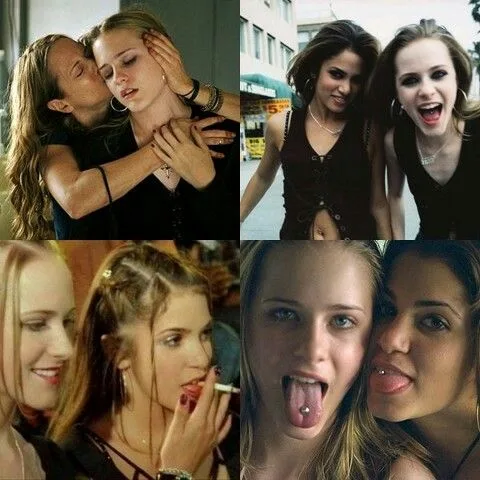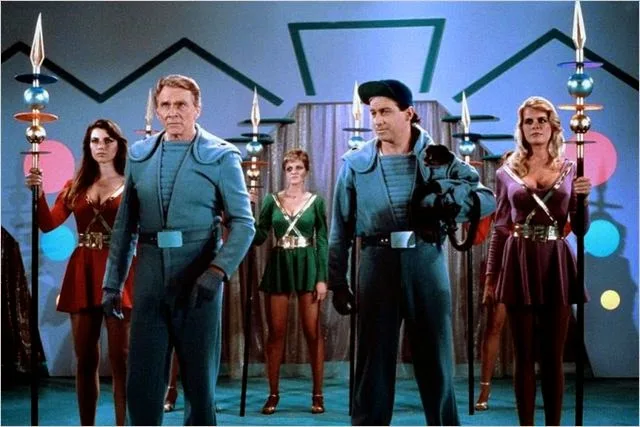Now Reading: What is Ironic About the Dead End Movie?
- 01
What is Ironic About the Dead End Movie?
What is Ironic About the Dead End Movie?
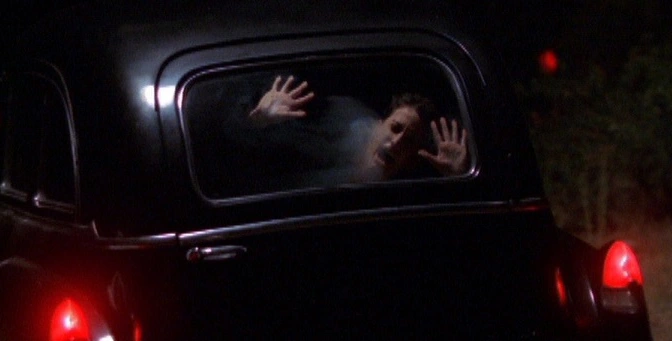
The 2003 horror flick Dead End has become a hidden gem among fans of the genre. With its quirky humor, eerie atmosphere, and mind-bending twist, the movie leaves viewers scratching their heads long after the credits roll. But what really stands out is the irony embedded in the story, making it not just a horror movie but also a clever piece of storytelling. Let’s dive into what’s ironic about Dead End and why it’s so effective.
The Irony of the Title
Right off the bat, the title Dead End sets the tone. You expect a literal dead end on a road, but the irony lies in how it connects to the characters’ fates. The family in the movie is traveling on what seems like a never-ending road, caught in a limbo between life and death.
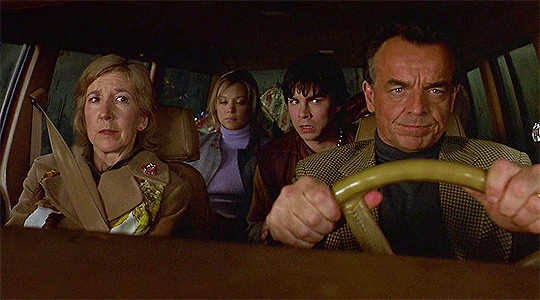
It’s not just a dead end for their journey—it’s a dead end for their lives. The road stretches on forever, looping in a way that feels both surreal and sinister. Yet, the audience soon realizes the real “dead end” isn’t the road; it’s the crash that seals their fate.
Survival vs. Death: Who Makes It and Why
Here’s another layer of irony: the sole survivor, Mary, lives not because she’s particularly heroic or lucky. She survives because she’s the least injured in the car accident. The movie plays with your expectations. You might think her survival is tied to some greater meaning or strength, but nope—it’s just plain biology.
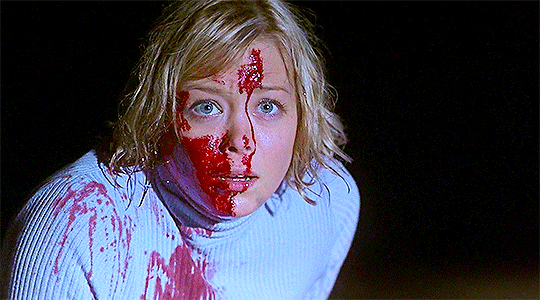
Everyone else perishes in gruesome and symbolic ways, yet Mary’s survival feels oddly random, adding to the dark humor and ironic twist of the story.
The Limbo Twist
A significant part of the movie’s irony lies in its depiction of limbo. The family doesn’t realize they’re already dead—or dying. Instead, they’re caught in a strange space where the supernatural blends with their reality. It’s half-real, half-afterlife, and filled with eerie moments that make you question what’s happening. For example, the mysterious man in the black car is likely a personification of death, but the family sees him as just another creepy figure on this bizarre journey. They keep trying to escape him, not realizing there’s no escaping their fate.

This setup flips the script on what we expect from a survival movie. Instead of fighting for life, they’re unknowingly reliving their deaths, making every action they take ironically pointless.
The Note That Shouldn’t Exist
One of the movie’s most chilling moments comes at the end when a piece of paper—a note from the family’s journey—is found in the wreckage of the crash. This creates a bizarre and ironic twist: how can something from their experience in limbo exist in the real world?
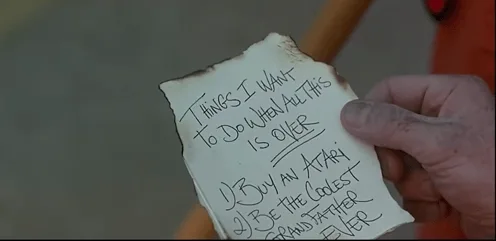
It’s like the movie winks at the audience, reminding us that the rules of reality don’t apply here. This small detail raises questions about the thin line between life and death and leaves viewers unsettled. It’s a mind-bending moment that adds to the movie’s layered irony.
The Unseen Woman in White
Another ironic element is the ghostly “woman in white.” She appears as an ominous figure, haunting the family throughout their journey. However, the irony is that she’s not just a random ghost—she’s the victim of the crash they caused.
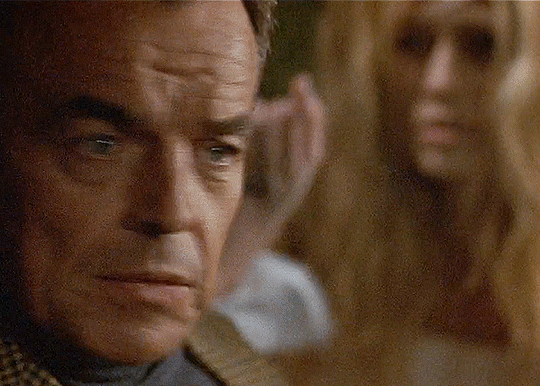
Her scarred face and the dead baby she carries are grim reminders of the accident’s horror. Despite being the villain in the family’s eyes, she’s just another victim, trapped in this limbo alongside them. It’s a twist that adds a tragic layer to the story and makes her presence even more unsettling.
The Family Dynamics Gone Wrong
Throughout the movie, the family’s relationships unravel in unexpected ways. They bicker, reveal secrets, and face their demons in a way that feels darkly comedic. For instance, when the mother starts acting strangely, her behavior initially seems like a reaction to stress.

But as the movie progresses, it becomes clear she’s succumbing to the limbo’s pull. The irony? In their final moments together, the family learns more about each other than they probably ever did in life. This bittersweet revelation is packed with irony, as these moments of bonding only come when it’s too late to matter.
The Humor Amidst the Horror
One of the most unexpected—and ironic—elements of Dead End is its dark humor. For a movie about death, it’s surprisingly funny in places. The dialogue and character interactions are laced with dry wit and sarcasm, making the horror feel oddly relatable.

For example, the father’s grumpy complaints about the journey are laughably normal, given the surreal horror unfolding around them. This balance of humor and horror creates a unique tone that keeps viewers engaged while underlining the film’s ironic undertones.
The Meaning of “Marcott – 20 Miles”
If you’ve seen the movie, you know the ominous road sign that keeps appearing: “Marcott – 20 Miles.” It’s a chilling detail that adds to the movie’s irony. The family is driving toward Marcott, but they never actually arrive.

It’s as if Marcott represents the afterlife, always just out of reach as they remain trapped in limbo. It is a symbol that “gives me shivers.” The sign’s repetitive presence underscores the idea that the family is stuck, both literally and figuratively.
Why Dead End Is More Than Just a Horror Movie
What sets Dead End apart is its ability to blend humor, horror, and irony into a cohesive story. It’s not just about scares—it’s about making you think. The movie plays with your expectations, turning tropes on their heads and making you question everything you’ve seen. From the seemingly random deaths to the bizarre limbo setting, every detail feels intentionally ironic, forcing viewers to consider deeper themes about life, death, and the unknown.
Final Thoughts
So, what is ironic about the Dead End movie? Almost everything. From its title to its characters’ fates, the movie thrives on flipping expectations and creating unsettling contrasts. It’s a film that makes you laugh, think, and shiver all at once, proving that horror doesn’t always need jump scares to leave a lasting impression. If you haven’t watched it yet, buckle up—you’re in for one wild, ironic ride.












